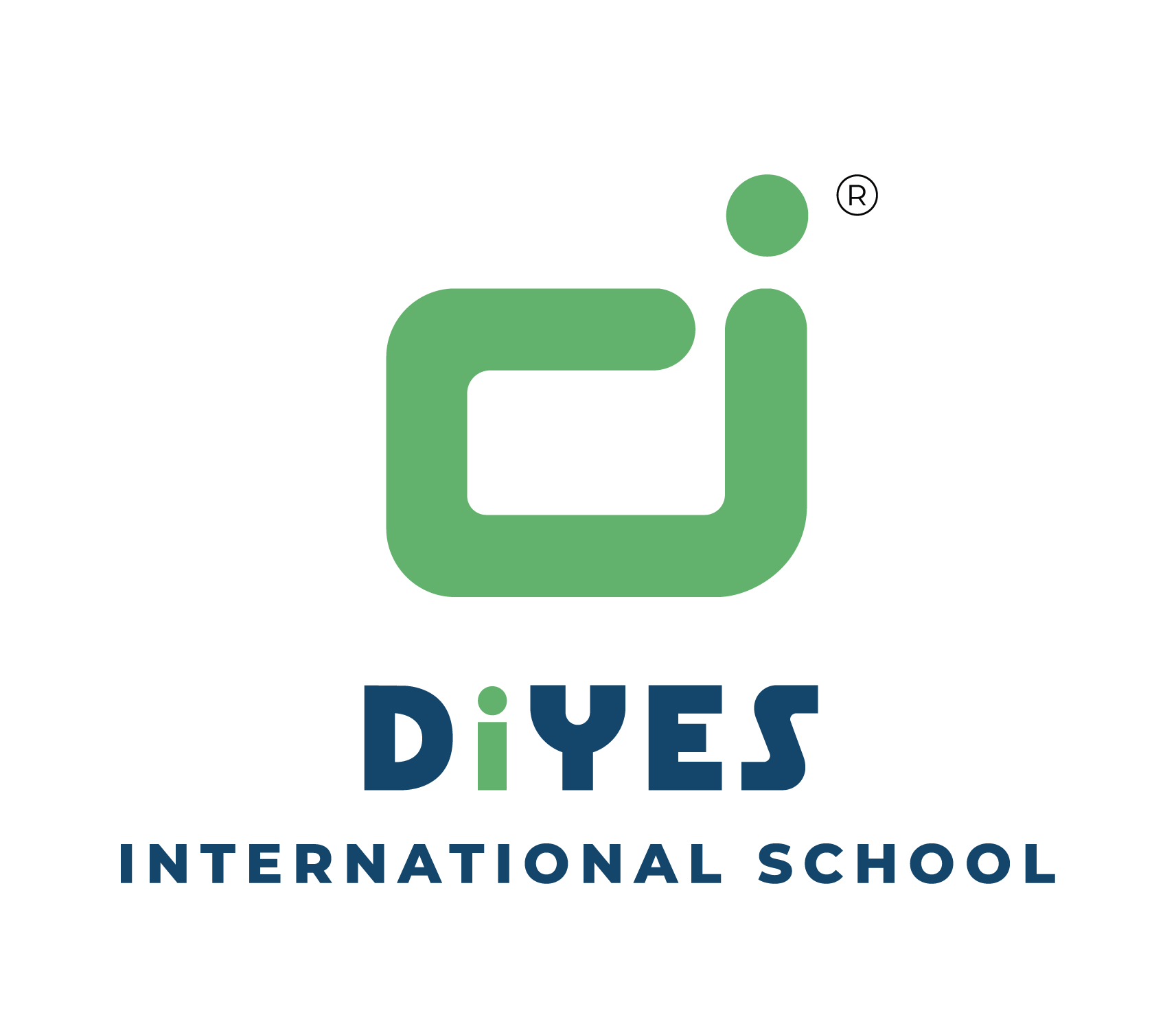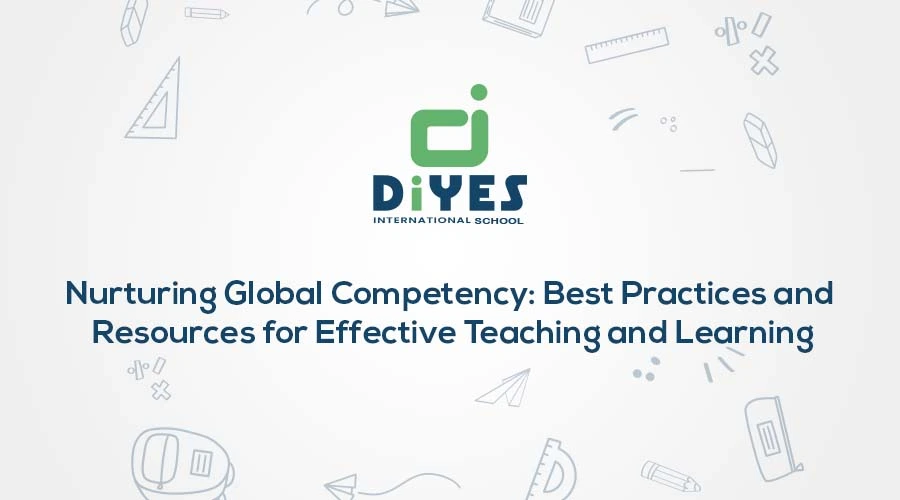In our rapidly changing world, the ability to navigate a globalized society has never been more important. As we become more interconnected through technology and international relationships, equipping students with global competency skills is a fundamental responsibility of education. Beyond memorizing international facts and figures, global competency involves a deeper understanding of cultures, critical thinking, and the capacity to collaborate across borders. In this blog post, we’ll explore the strategies and resources that educators can leverage to instill global competency in their students, ensuring they thrive in the diverse and interconnected world of the 21st century.
What is Global Competence?

Global competence refers to the knowledge, skills, attitudes, and mindset necessary to understand and engage effectively with people and issues from diverse cultures and backgrounds on a global scale. It involves the ability to critically analyze and navigate complex global issues, communicate and collaborate across cultural boundaries, and appreciate the interconnectedness of the world.
Understanding Global Competency
In our rapidly changing world, the ability to navigate a globalized society has never been more important. As we become more interconnected through technology and international relationships, equipping students with global competency skills is a fundamental responsibility of education. Beyond memorizing international facts and figures, global competency involves a deeper understanding of cultures, critical thinking, and the capacity to collaborate across borders. In this blog post, we’ll explore the strategies and global education resources that educators can leverage to instill cultural awareness in education in their students, ensuring they thrive in the diverse and interconnected world of the 21st century.
- Cross-Cultural Interactions: Global competency equips individuals with the ability to interact with people from diverse backgrounds and cultures. This goes beyond mere tolerance; it involves actively seeking to understand and appreciate different perspectives. Students learn to recognize and navigate cultural nuances, bridging gaps and building connections across borders.
- Analysing Complex Global Issues: Global issues such as climate change, migration, and economic inequality are often intricate and multifaceted. Global competency empowers learners to critically examine these challenges, understanding their root causes, impacts, and potential solutions. Students develop the skills to think systemically, identifying the interplay between social, economic, and environmental factors.
- Effective Communication Across Barriers: In an increasingly globalized world, effective communication is paramount. Global competency emphasizes the ability to communicate fluently across linguistic and cultural boundaries. This involves not only language proficiency but also the awareness of nonverbal cues, cultural norms, and communication styles. Students learn to adapt their communication strategies to various contexts.
- Empathy and Respect for Diverse Perspectives: Global competency nurtures empathy, allowing individuals to put themselves in others’ shoes and see the world from different viewpoints. This empathy extends beyond cultural understanding to embracing diverse personal experiences and stories. As students develop empathy, they are better equipped to collaborate with individuals from diverse backgrounds, fostering a sense of unity amid differences.
- Addressing Pressing Global Challenges: The challenges facing our world, from environmental crises to social injustices, demand collective efforts. Global competency empowers individuals to take a proactive role in addressing these challenges. By understanding the interconnectedness of global issues, students are motivated to take informed actions that contribute to positive change.
In today’s interconnected world, global competency serves as a bridge that connects individuals across cultures and enables them to collaborate effectively. It goes beyond the classroom, preparing individuals to engage meaningfully with global challenges and opportunities. Whether in business, diplomacy, academia, or any other field, global
competency equips individuals to navigate a diverse and rapidly evolving landscape, fostering a more inclusive and harmonious global community.
Best Practices for Teaching Global Competency
Cultivate Cultural Awareness
Creating an inclusive and culturally responsive classroom environment is paramount for nurturing global competency. Embrace these strategies to foster cultural awareness:
- Open Dialogues and Discussions: Encourage open conversations about cultural differences and similarities. Provide a platform for students to share their own cultural experiences and learn from their peers. This not only promotes understanding but also breaks down stereotypes. Through respectful discussions, students can gain insights into perspectives that differ from their own. This practice cultivates active listening skills and the ability to engage in constructive conversations across cultures.
- Cultural Celebrations: Celebrate cultural festivals and holidays from around the world within the classroom. This allows students to experience different traditions firsthand and gain insight into the values and beliefs of other cultures. These celebrations can include activities like food tasting, traditional clothing displays, and presentations on the significance of various cultural practices. By participating in such activities, students immerse themselves in the rich tapestry of global cultures.
- Guest Speakers and Cultural Experts: Invite guest speakers or experts from various cultural backgrounds to share their experiences. This adds authenticity to the learning process and exposes students to diverse perspectives. These speakers can provide personal anecdotes, historical context, and unique insights that enrich students’ understanding of global cultures. Moreover, they inspire students by showcasing the potential for global connections in their future careers.
Incorporate Interdisciplinary Learning
Global challenges often require multifaceted solutions. By incorporating multiple subjects into your teaching, you can provide students with a comprehensive understanding of these challenges:
- Project-Based Learning: Design projects that require students to examine global issues from various angles. For instance, a project on sustainable development might involve elements of geography, economics, and environmental science, helping students connect the dots between different aspects of a complex problem. Through collaborative research, data analysis, and presentations, students can see the real-world implications of their interdisciplinary efforts. This approach equips students with critical thinking skills essential for tackling complex, real-life issues.
- Cross-Curricular Connections: Collaborate with colleagues to create interdisciplinary lesson plans. Discuss how historical events, cultural factors, and economic trends intersect to shape global issues. This approach provides a holistic perspective and encourages critical thinking. For example, a joint history and literature lesson on colonialism can lead to discussions about its lasting impact on cultural perceptions and economic disparities. Students gain a deeper understanding of the interconnectedness of different subjects and their relevance in the global context.
Utilize Technology for Global Connections
Leveraging technology can bridge geographical gaps and enable meaningful global interactions:
- Video Conferencing: Arrange virtual sessions with classrooms in different countries. This facilitates real-time cultural exchange and encourages students to communicate effectively with peers from diverse backgrounds. Through guided discussions on shared topics, students can learn about cultural norms, education systems, and societal values in different parts of the world. This exposure enhances their ability to collaborate in a global workforce.
- Virtual Exchange Programs: Partner with schools in other countries for virtual exchange programs. These programs can involve joint projects, discussions, and even language exchanges, allowing students to learn firsthand about different cultures. Through collaborative assignments and regular interactions, students develop friendships, break down cultural barriers, and broaden their perspectives on global issues. This experience prepares them to be effective global communicators and collaborators.
- Collaborative Online Projects: Engage students in online projects that involve collaboration with peers from around the world. From creating digital presentations to participating in virtual debates, these projects foster cross-cultural teamwork. As students work together across time zones and languages, they learn to navigate communication challenges and respect diverse viewpoints. These skills are transferable to global workplaces, where effective virtual collaboration is becoming increasingly vital.
Conclusion
In a world marked by diversity and interconnectivity, fostering global competency is an imperative for education. The best practices discussed in this article – from cultivating cultural awareness to utilizing technology for global connections – offer educators effective strategies for nurturing global citizens of tomorrow. By embracing these practices and leveraging resources like global education organizations and virtual exchanges, educators can equip students with the skills and mindset needed to navigate and contribute positively to our interconnected world.
At DiYES International School, we are dedicated to nurturing global competency in our students. Our innovative approach to education integrates cross-cultural experiences, interdisciplinary learning, and collaborative projects to prepare students for a globalized future


By partnering with international institutions, we provide unique opportunities for students to engage in cultural immersion and global exchange programs. Join us in our mission to empower the next generation of leaders who can navigate the complexities of our interconnected world.
As educators and learners, let’s embrace the journey toward global competency, equipping ourselves and our students to thrive in a world without borders.To explore more about DiYES International School, please visit our official website: www.diyesinternational.edu.in. For inquiries and further information, don’t hesitate to get in touch with us via the provided contact details at +91 8547609000.


